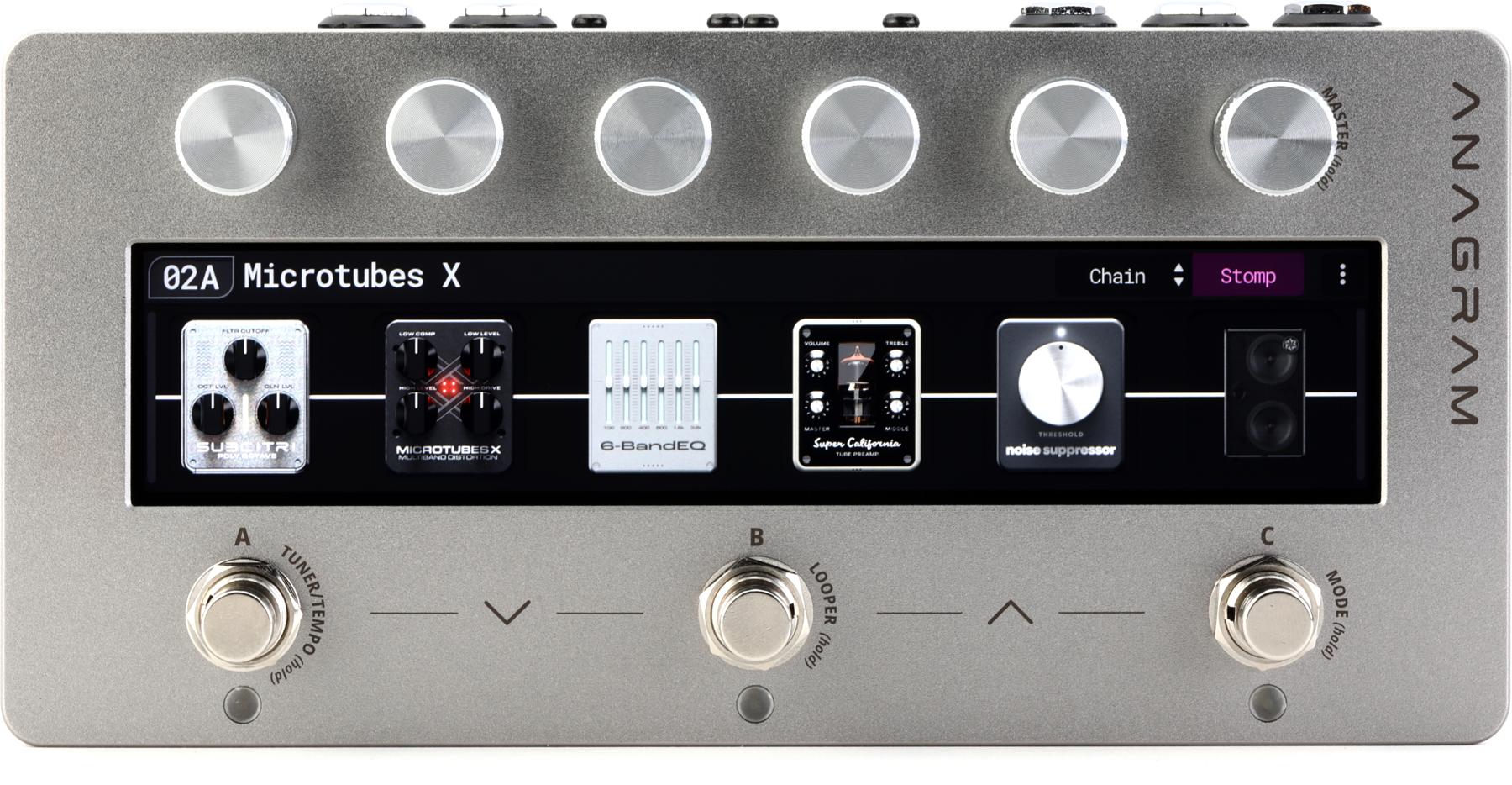Though I was a Beatlemaniac before I could walk, it was surf music that hooked me on electric guitar. My brother had an instrumental surf band, and through them I was awakened to the sounds of the Pyramids, Chantays, and Astronauts. I loved surf-music's imagery (as a 12-year-old culture contrarian, a fiesta red Fender Jaguar looked infinitely cooler than whatever guitar-playing friends were digging at the time). But it was the mysterioso tones of spring reverb that really re-shaped my sonic cravings.
By the time I had my own Jaguar, Fender piggyback, and Fender spring reverb, I was using them to chase the sounds of Neil Young and Sonic Youth, which says much about the versatility of the effect. But when it comes to reimagining the possibilities of spring reverb, few have succeeded quite like Gamechanger Audio, a daring Latvian company resolutely uninterested in building anything resembling a "normal" stompbox. By using springs and optical sensors in addition to a traditional transducer, Gamechanger's LIGHT Pedal generates captivating vintage-style reverb sounds. But the LIGHT Pedal also achieves odd, unique tonalities and dynamics that vintage-style spring reverbs or digital models would be hard-pressed to duplicate.
Seeking Illumination, Finding Sound Immersion
Like many foundational electric guitar technologies, spring reverbs are relatively primitive: An input transducer converts audio signal to mechanical energy, which vibrates springs, activating output transducers that convert that vibration into a much more expansive sound. But Gamechanger Audio's design deviates from spring reverb design convention in clever ways. First and foremost, the LIGHT uses infrared optical sensors to supplement a traditional output transducer. The benefits of optical sensors are twofold: They are more sensitive, and their small size makes it easy to situate them at various points along the length of the springs, enabling emphasis on specific frequencies and overtones that occur along the spring's length. By using the two sound-capture methods together, the LIGHT Pedal generates complex, compound reverb tones.
On the LIGHT Pedal, the optical sensors and output transducer each have dedicated volume controls, which you can use with the wet/dry control to generate precise tone profiles and reverb blends. Additionally, the range-y tone and drive controls can transform the output from clanky, lo-fi junkyard reflections to pristine deep-space tonalities. The gate control is unconventional, too: At noon, it's disabled. Counterclockwise from noon, heavier pick attack generates more reverb. Clockwise from noon, heavy pick attack reduces the reverb level, so you can emphasize clean transients and let the reverb bloom in their wake.
The LIGHT Pedal—alone with just guitar, amp—has the stuff to create wildly distinctive, memorable signature solos and riffs.
Modes to Mangle and Modulate Space
The LIGHT Pedal features six operational modes, and maximizing the potential of each one takes practice and a willingness to explore the controls intuitively. The knobs are very interactive and shift in sensitivity from mode to mode. There's also a "ctrl" knob that regulates a secondary function for each mode. But while the possible results are myriad and labrynthine, they're worth exploring down to the last nook and cranny.
Optics mode is the most vintage sounding, though the ability to select different optical sensor pairs along the length of the springs makes it much more flexible and tunable than a vintage tank. In sweep mode, the output source shifts back and forth across the sensors; the tremolo mode rhythmically attenuates the output from alternating sensor pairs. Both create highly unusual, modulated reverb textures, though it would be fun to have to the option to increase the intensity of both modulations.
The reflect setting creates the pedal's most fabulously trashy, lo-fi sounds by feeding the output back through the reverb, while the feedback setting, with a just-right amount of clockwise gate, results in strong transients and blooming feedback that you can tune to a specific frequency. It's a beautifully fluid and emotive effect when you master it. Harmonic mode, which offers a more subdued, vintage-y take on modern shimmer 'verb, is a less effective addition and often sounds a touch disjointed. Still, in each of these modes, the LIGHT Pedal—alone with just guitar, amp—has the stuff to create wildly distinctive, memorable signature solos and riffs.
The Verdict
If vintage-correct Fender spring reverb sounds are your goal, there are more accurate and inexpensive ways to get it. The LIGHT Pedal lacks some of the clicking, whistling, and airy overtones you associate with Fender units. And even the most expansive LIGHT Pedal tones can sound slightly less spacious and surfy than those from a long-tank Fender reverb. But for anyone pursuing truly unique variations on vintage spring reverb color—or radical deconstructions of those tones—the LIGHT is an inspiring option. Its most radical tones spark new musical ideas constantly, and its vintage-colored sounds are more dynamic and less cliché. I wouldn't be at all surprised if sound designers in the digital realm start to emulate the LIGHT Pedal's singular feel and sound in the years to come.


















